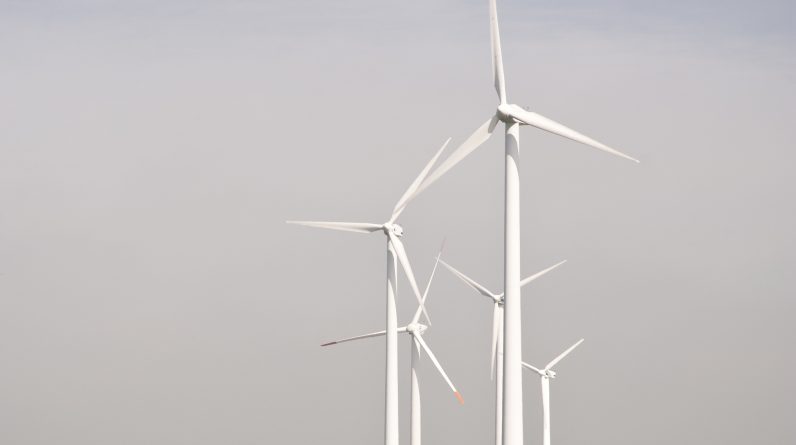Introduction to the US Economy
The United States is one of the largest economies in the world, with a Gross Domestic Product (GDP) of over $21 trillion. The country’s economy is driven by various sectors such as manufacturing, finance, and real estate among others. In this blog post, we will take an inside scoop on the US economy, analyzing key trends from 2021 and forecasting what lies ahead for 2022.
Overview of Key Trends in 2021
In 2021, the US economy experienced significant growth despite the COVID-19 pandemic. According to data released by the Bureau of Economic Analysis, the GDP grew by 8% during the first quarter of 2021 compared to the previous year. This was largely attributed to increased government spending, consumer confidence, and business investment. However, there were also challenges that affected economic growth including high unemployment rates, low wages, and inflationary pressures.
Analysis and Forecasts for 2022
Looking forward to 2022, experts predict that the US economy will continue to grow but at a slower pace than in 2021. Factors like rising interest rates, global trade tensions, and political uncertainty could impact economic growth negatively. Nevertheless, some positive indicators include steady job creation, increasing consumer spending, and higher corporate profits.
Sectoral Breakdown: Real Estate, Finance & Manufacturing
Real estate has been one of the fastest growing industries in recent years due to favorable market conditions. With lower mortgage rates and increased demand for housing, home prices have continued to rise steadily. Additionally, commercial property development has seen a surge in construction activity, especially in urban areas.
Financial services are another critical sector in the US economy. Banks, insurance companies, and other financial institutions play a crucial role in facilitating transactions and providing capital to businesses and individuals alike. Despite regulatory hurdles and compliance costs, the industry continues to thrive.
Manufacturing remains a vital part of the American economy, producing goods ranging from automobiles to electronics. While many factories moved operations abroad in search of cheaper labor costs, reshoring initiatives have led to renewed interest in domestic production.
Impact on Employment Rates and Consumer Spending
Despite the overall growth in the US economy, employment rates remain a concern. High levels of underemployment and income inequality persist, affecting millions of Americans. Low-wage jobs and temporary contract work have become more prevalent, leading to stagnant wages and reduced purchasing power.
Consumer spending, however, has remained relatively stable, supported by strong consumer confidence and low unemployment rates. Retail sales have grown consistently since 2020, indicating that consumers are willing to spend despite economic headwinds.
Government Policies and Initiatives
To support economic growth, the federal government has implemented several policies aimed at stimulating business investment and creating new jobs. These measures include tax cuts, infrastructure spending, and targeted incentives for specific industries. State governments have also introduced their own programs designed to attract businesses and create local jobs.
Global Comparisons with Other Economies
When comparing the US economy with other developed nations, it ranks among the top in terms of GDP per capita and technological advancement. However, its high level of debt and dependence on foreign oil make it vulnerable to external shocks. Emerging markets like China and India are rapidly gaining ground, presenting both opportunities and threats for American businesses.





